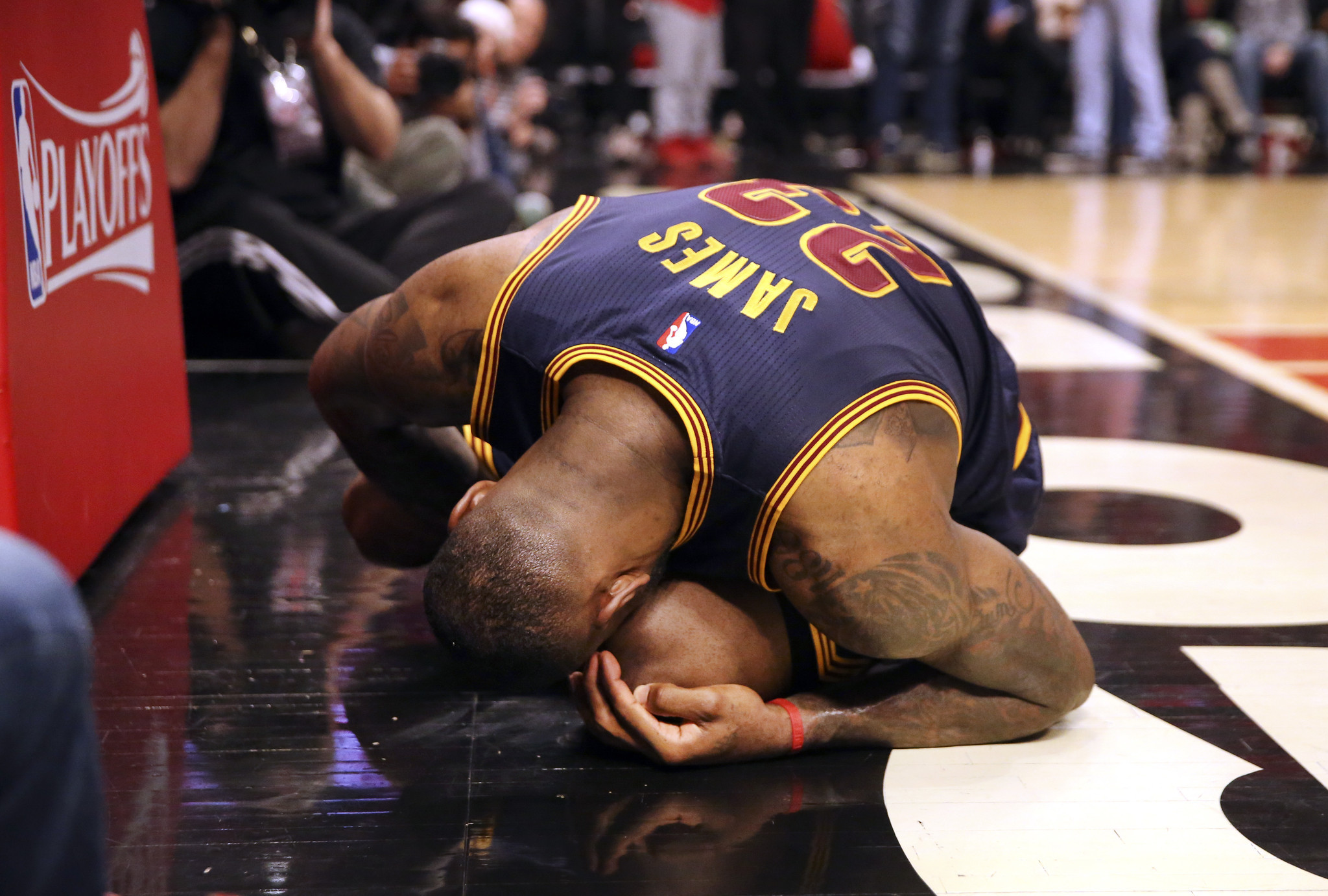
Prevention of Hamstring Injuries for the Dancer and Athlete by Sunday Homitz, L.P.T, B.F.A. Dance, former physical therapist for the Cleveland San Jose Ballet and founder Body Technic Systems, Inc., A holistic based physical therapy, fitness, and wellness education center in Solon. Among the more serious types of athletic and performance injuries are those involving the hamstring group. This part of the musculo-skeletal system is vital in large part, for a great amount of stability, form, function, and power. Its synergistic areas consist of the muscles of the back, spinal intrinsics, core, and adductor group to name a few.
Many hamstring injuries are connected to the major muscle groups of the body. These would include: low back, erector spinae, sacroiliac muscles, gluteal muscle group, deep internal and external rotators of the hip joint, mid and lower trapezius muscles, plus the pelvic floor. This muscle group directly impacts hip joint, spinal joints, and sacrum. Per posture and alignment, the hamstring group can be used or substituted for a back, particularly the lower back support system. The individual will tend to sit into the lower spine, tail area and hip joint, holding themselves up by this muscle group. This is called a compensation problem (an “all or nothing” switch). . The fitness instructor needs always to assist with training and retraining the proper muscle activity outcomes.
In the process, the spinal segments or vertebrae become compressed and congested locking into subsequent spinal levels and producing many times, a posterior pelvic tilt, whereby the hip socket is congested and the lumbar vertebral segments above this area produces nerve irritation, and can result in severe dysfunction and discomfort. If a vertebrae becomes misaligned, sciatic symptoms may appear, which in turn may radiate down an extremity. This is termed: radiculopathy and can be debilitating. This situation involves a sequential pulling on all of these areas: lumbar, sacral, hamstring, pelvic floor, and the paravertebral muscles. End result? With a fast spurt, a quick run, sudden change of direction, altering a functional pattern of motion, based on planes of movement activity, a sprain, strain, or tear could occur.
A Viable Solution is to build a balance of improved form and function, whereby a vertebral segment can breathe, freely move/and or will support one another, and adjacent muscle groups, such as the examples previously mentioned. Postural intrinsic muscle support groups include: coccygeal muscles, extensors, spine, deep rotators, adductors, are all responsible to support the entire structural function. Per the lower back: the sacroiliac area the sacrotuberous, sacroiliac ligaments may be entirely compressed to an extremely tensile state. In this condition, a thorough stretching, via a manual therapeutic assist can allow for increased mobility. Where soft tissue restriction previously existed, a muscle can now operate more efficiently.
The improvements suggested apply to constructive changes with regards to gait, running, walking, jumping, sit to stand, work, jogging, forward flexion, back extensions, mini squats, lowering to the floor from a stance level position
In summary, the key issues to help prevent risk of hamstring injuries include:
- building a balance of strength, flexibility, muscle tone
- retraining for a correct spine and healthy gait. (walking)
- postural analysis for proper mechanics
- lumbar, pelvic stabilization
- effective core muscle engagement (copyright 2014)
by Sunday Homitz, L.P.T, B.F.A. Dance, former physical therapist for the Cleveland San Jose Ballet while at the Cleveland Clinic Sports Medicine Section under former team doctor for the Cleveland Browns, John Bergfeld, M.D. Ms. Homitz is founder of Body Technic Systems, Inc. in 1997, an international physical therapy and integrative fitness and wellness education center. Since 2000, she has been part time faculty University of Akron Theatre and Dance Department. Ms. Homitz, directs a Pilates Mat and Machine teacher training and program and a Sports Performance Arts Training program for athletic trainers, coaches, personal trainers, and students in the movement, therapy, sports medicine fields. www.bodytechnic.com /216-466-2296-Cell and / 440-248-9255-office. info@bodytechnic.com / 33790 Bainbridge Rd., Suite 205, Solon, OH 44139

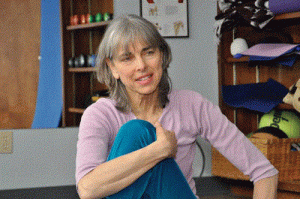









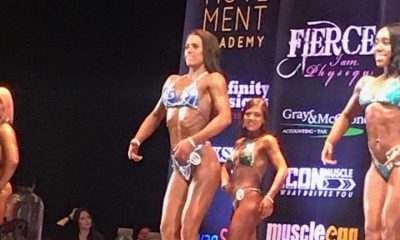

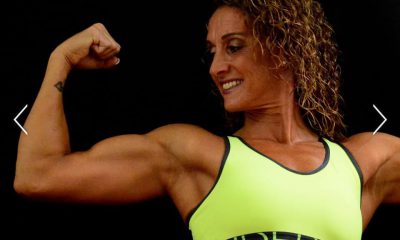

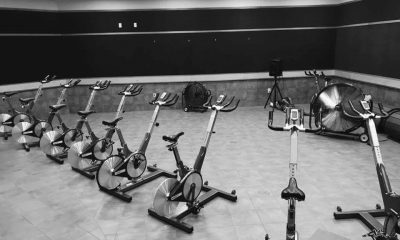

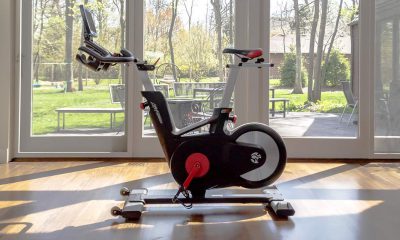

Recent Comments